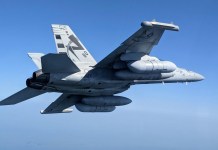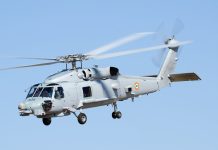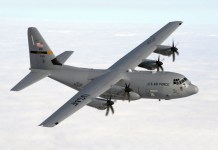On the morning of December 5, 2022, Ukraine attacked two air bases in Russia using Soviet-made UAVs – Dyagilevo in the Ryazan region (approximately 285 miles from Ukrainian territory) and Engels in the Saratov region (approximately 315 miles from Ukrainian territory) in an effort to disable Russian long-range aircraft.
Russia ‘Freezes’ Operations Of Its Iranian Kamikaze Drones; Ukraine Says UAVs Non-Functional Due To Climate
Ukraine Negotiating To Acquire More S-300 Air Defense Systems; Request Comes After NASAMS & Patriot Missiles
Both airbases host elements of Russia’s strategic bomber fleet that have periodically struck Ukraine with cruise missiles attacking Ukraine’s Command and Control, Communication, and Power Generation infrastructure.
According to the Russian MoD, Russian air defense forces intercepted the Ukrainian UAVs, which were flying at a low altitude.
“The crash and explosion of the wreckage on the Russian airfields caused minor damage to the hull armor of the two aircraft. “Three Russian maintenance personnel on the airfield suffered fatal injuries.
Another four servicemen wounded were taken to medical facilities where they were given all the necessary medical care.”
The RuMoD statement did not specify the type of UAV used for the attack but used the term “Soviet-made UAVs” to describe the drones, most likely referring to the Tupolev Tu-141 Strizh (Swift) drone that Ukraine started arming itself with since 2014.
Ryazan, russia.
What happened?? pic.twitter.com/Ns803nTzkA
— Ukrainian Air Force (@KpsZSU) December 5, 2022
Tupolev Tu-141 Strizh
The Strizh is a reconnaissance drone that is designed to be recovered on completion of a mission using a tail-mounted parachute. The missile-shaped drone features small forward-mounted canards, a rear-mounted delta wing, and a KR-17A turbojet engine mounted above the tail.
The Strizh has a cruise speed of 1000 kph and a max range of 1000 km at medium altitudes. According to the RuMoD press statement, the attacking drones were flying at low altitudes when they were brought down by Russian AD systems.
A low-flying drone crashing on its target at high speed can only cause superficial damage, largely due to fire and flying debris.
The RuMoD statement cited above confirms as much, as does a report from the US Government funded think tank, ISW, which states that the Ukrainian attack inflicted light damage while demonstrating Ukraine’s ability to strike Russian rear areas and possibly disrupt Russia’s campaign of strikes against Ukrainian infrastructure.
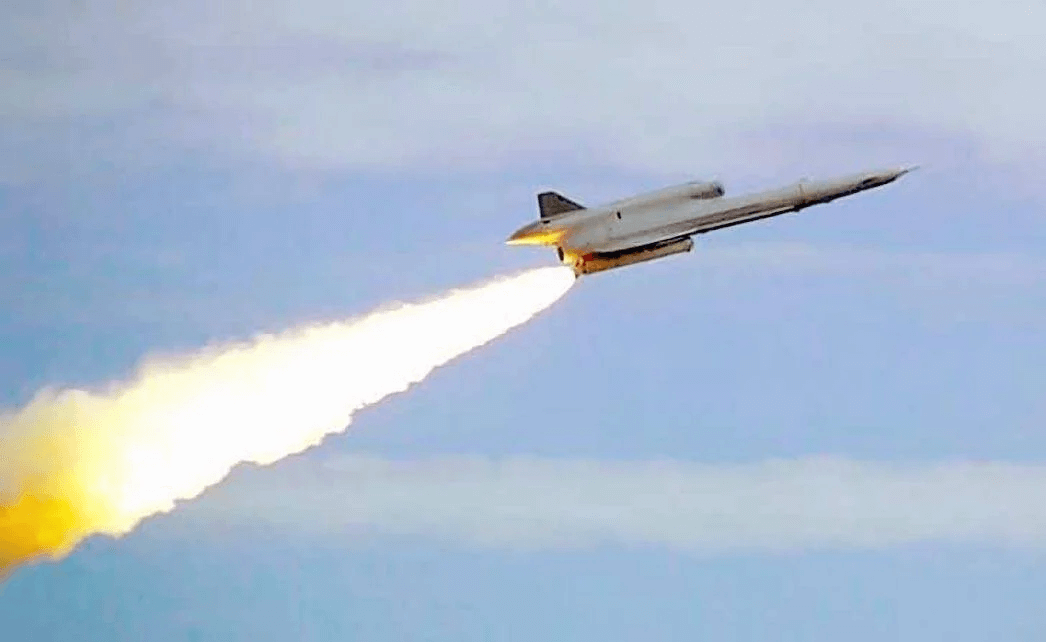
Apparently, the Russian bombing campaign was not disrupted, at least not significantly, because, according to the RuMoD, “at around 3 pm (Moscow time), the command and control system and related defense complex facilities, communication hubs, power plants, and military units of Ukraine were struck with high-precision long-range air and sea-based weapons.”
That the strike was largely theatrical is also evident from Ukrainian Presidential Advisor Mikhail Podolyak’s sarcasm-laden tweet that the Kremlin should have known that “if something is launched into other countries’ airspace, sooner or later unknown flying objects will return to the departure point.”
The ISW, in its report, highlights the disappointment aired by some Russian telegram channels and military bloggers to project the Ukrainian strike as a major achievement. The fact is, Russian telegram channels and military bloggers often react emotionally.
Rybar’s telegram channel, in one such emotional response, criticized Russian military leadership for not having learned their lesson from past Ukrainian attacks.
“The sheep in the rear continue to demonstrate their absolute unsuitability. Neither Saki in the Crimea, nor Veretye in the Pskov region, nor even an attempt to strike drones on Shaikovka (where Tupolev Tu-22M3s are based) taught these people anything.
That is, the trend of strikes against the airfields of the Aerospace Forces, and even more so by aviation with long-range missiles, was obvious.”
The ISW report also highlights the baseless speculation that the attacking drones may have been launched from inside Russia, most likely with the intent to foment unease and panic among Russian citizens.
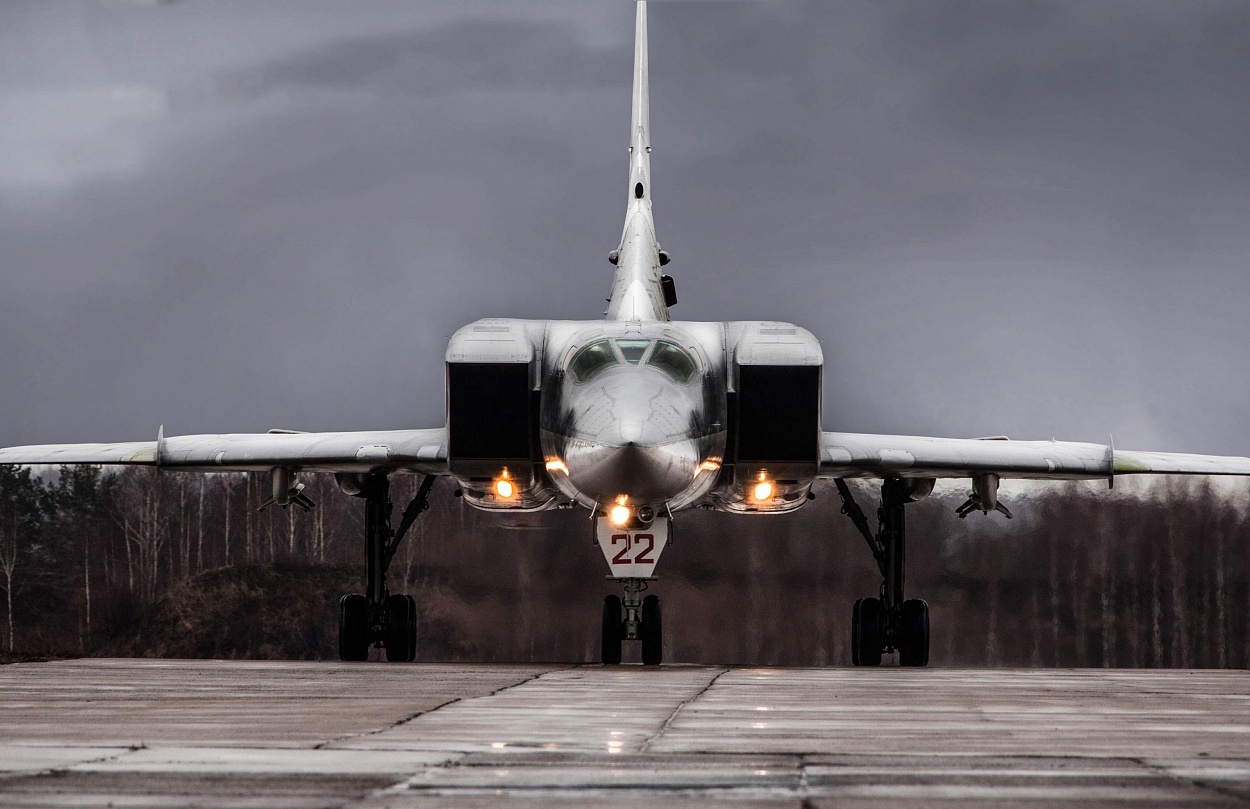
The fact is when you share a border as long as the Russian Ukrainian border, there is no way to make your airspace inviolable using AD systems.
Drones, missiles, and aircraft can easily penetrate the most contested airspace, particularly so on a one-way ticket, using terrain cover, Nap of Earth (NOP) flying, routing to avoid radars, observation points, populated areas, etc.. Only tip-offs from deeply embedded intelligence operatives can help preempt such attacks.
Ukraine has once again demonstrated its ability to strike deep into Russia every now and then using the Strizh, causing some damage. However, Ukraine’s ability is limited by the number of Strizh drones that remain in stock. In no way can the attack yesterday foretells escalating pain for Russia.
- Vijainder K Thakur is a retired IAF Jaguar pilot. He is also an author, software architect, entrepreneur, and military analyst. VIEWS PERSONAL
- Follow the author @vkthakur

